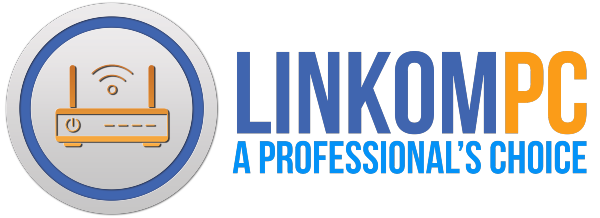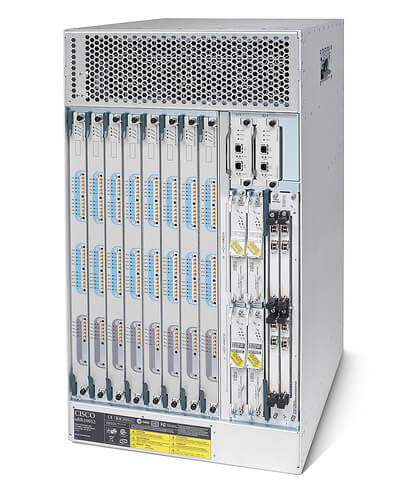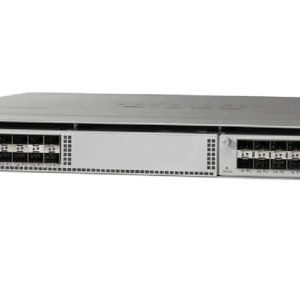Description
The Cisco® uBR10012 Universal Broadband Router is a communications-grade cable modem termination system (CMTS) that helps cable operators evolve their traditional cable infrastructures to an IP next-generation network with superior reliability, performance, scale, and density. The Cisco uBR10012 (Figure 1) supports large-scale delivery of advanced, revenue-generating IP services for business and residential customers. The unique architecture of the Cisco uBR10012 brings unparalleled flexibility and intelligence to the cable network with consistent high performance and sophisticated routing capabilities.
Table 1. Cisco uBR10012 Features and Benefits
Feature | Description |
Wideband channel bonding with modular CMTS architecture | • Enables efficient video delivery over IP
• Opportunity to scale services to meet new subscriber growth
• Cost-effective option to scale DOCSIS deployments |
PCMM support, PacketCable 1.0, as well as DOCSIS 2.0 and Euro-DOCSIS 1.1 qualified | • Protects investment and helps ensure compatibility with next-generation multiservice networks
• Provides QoS support, access lists, Multicast, MPLS traffic engineering |
Highest density and scalability in the industry | • Reduces capital expenses
• Protects existing capital investment |
High availability | • Reduces operational expenses
• Increases customer satisfaction
• Enables service-level agreements
• Enables delay-sensitive applications, such as voice and video |
Table 2. Cisco uBR10012 Universal Broadband Router Hardware Specifications
Description | Specification |
Chassis | 18 rack units with two chassis per 7-foot rack; fully configured chassis weight is 235 lb (106.6 kg); each chassis is 31.25 in. (79.4 cm) high, 17.2 in. (43.7 cm) wide, and 22.75 in. (57.8 cm) deep |
Power | DC input voltage of -48 to -60 VDC with 3000W maximum power consumption, 230 VAC option with 2400W maximum power consumption
Additional Powering Options:
• DC input voltage of -40.5 to -72 VDC with 3300W maximum power consumption
• 230 VAC, 3300W maximum power consumption |
Temperature | 41 to 104°F (5 to 40°C) operating and -40 to 158°F (-40 to 70°C) non-operating |
Interfaces | Eight line card slots; four LAN/WAN interface slots; interfaces include Gigabit Ethernet and Wideband SPA |
Compliance and emissions | UL/CSA 60950-1, IEC/EN 60950-1, AS/NZS 60950.1, CAN/CSA 22.2 No. 950-95, EN 300 386 |
Regulatory | FCC 47CFR15, Class B, CISPR22 Class B, EN55022 Class B, AS/NZS CISPR 22 Class B, ICES-003 Class B, VCCI Class B, IEC/EN61000-3-2, IEC/EN61000-3-3, IEC/EN61000-4-2, IEC/EN61000-4-3, IEC/EN61000-4-4, IEC/EN61000-4-5, IEC/EN61000-4-6, IEC/EN61000-4-11, designed to meet GR-1089-CORE NEBS EMC and Safety, Issue#5, GR-63-CORE NEBS Physical Protection, Issue#3. |
Software support | Cisco IOS Software Release 12.3(13)BC minimum to support PCMM, admission control, Advanced Mode DSG, and SII |






